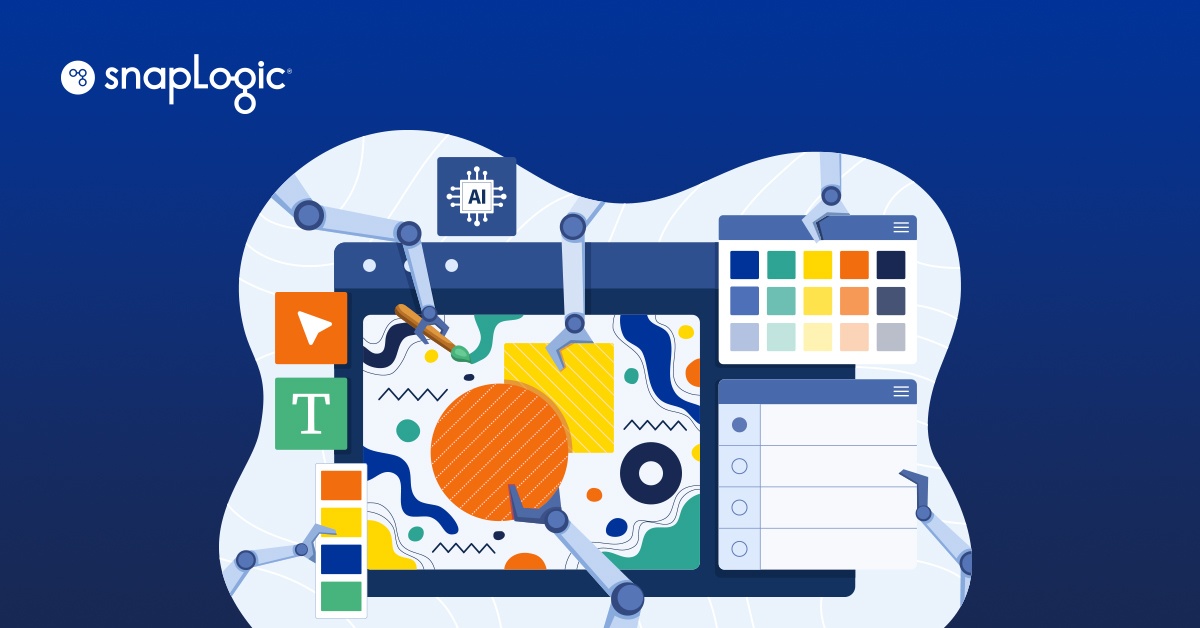Welcome to the wild, ever-changing world of technology, where intelligent AI systems have sneaked their way into our daily lives like a mischievous yet handy sidekick. From sassy voice assistants to mind-reading recommendation algorithms, these little marvels have the ability to turn our chaotic tasks into smooth-sailing adventures and sprinkle some personalized magic onto our digital experiences. But hold on to your hats, folks, because designing user experiences (UX) for these brainiac AI systems is a rollercoaster ride of unique challenges and thrilling opportunities. So buckle up and get ready for eight mind-blowing considerations that will take your UX design game to a whole new level, empowering users in their interactions with these super-smart AI systems. Let the adventure begin!
- Understanding User Needs
This is always the first consideration, no matter what you are designing! To design effective UX for intelligent AI systems, it is crucial to gain a deep understanding of user needs and expectations. Conduct user research and gather insights about their goals, pain points, and preferences. This knowledge will inform the design process and help create a user-centric experience that aligns with their requirements. - Transparency and Explainability
Intelligent AI systems often make complex decisions based on algorithms and data. To build trust and ensure user confidence, prioritize transparency and explainability. Clearly communicate how the system works, provide meaningful explanations for recommendations or actions, and offer users control over their data and privacy settings. - Natural Language Interaction
Leverage natural language processing capabilities to enable seamless and intuitive interactions with intelligent AI systems. Design conversational interfaces that understand and respond to user queries in a conversational manner. Strive for clarity and simplicity in language, avoiding technical jargon or ambiguous responses. - Personalization and Context Awareness
Intelligent AI systems can leverage user data and contextual information to deliver personalized experiences. Design UX that adapts to individual preferences, such as personalized recommendations, tailored content, or intelligent automation. Ensure that the system understands and adapts to the user’s context, providing relevant information and assistance at the right time and place. - Feedback and Error Handling
Clear feedback mechanisms are vital in intelligent AI system design. Provide users with real-time feedback on their interactions, acknowledging their inputs and displaying progress indicators. When errors occur, employ informative and user-friendly error messages that guide users towards resolving issues or finding alternative paths. - Collaboration between Humans and intelligent AI Systems
Consider how AI systems can enhance collaboration between users and technology. Design interfaces that facilitate collaboration, allowing users to contribute, provide feedback, or fine-tune system behavior. Provide opportunities for users to share their expertise or preferences to further improve the intelligent AI system’s performance. - Ethical and Inclusive Design
Address ethical considerations when designing intelligent AI experiences. Ensure fairness, avoid biases, and promote inclusivity. Regularly assess the system’s impact on different user groups and mitigate potential risks, such as unintended consequences or perpetuating stereotypes. - Continuous Improvement and Adaptation
UX design for intelligent AI systems is an iterative process, like most design. Encourage user feedback, user testing and data analysis to identify areas for improvement. Continuously monitor and adapt the AI system based on user needs and evolving technological advancements.
Designing UX for those fancy-pants intelligent AI systems isn’t a walk in the park. It’s like trying to decipher the secret language of a user’s desires while juggling personalization, transparency, and collaboration like a circus performer on a unicycle. But hey, if we can wrap our heads around all that, we’ll be able to whip up IA systems that make users swoon with delight, trust us like their favorite barista, and feel so empowered they’ll think they’re the AI bosses themselves. Let’s dive in and sprinkle some UX magic on this AI technology, shall we?










